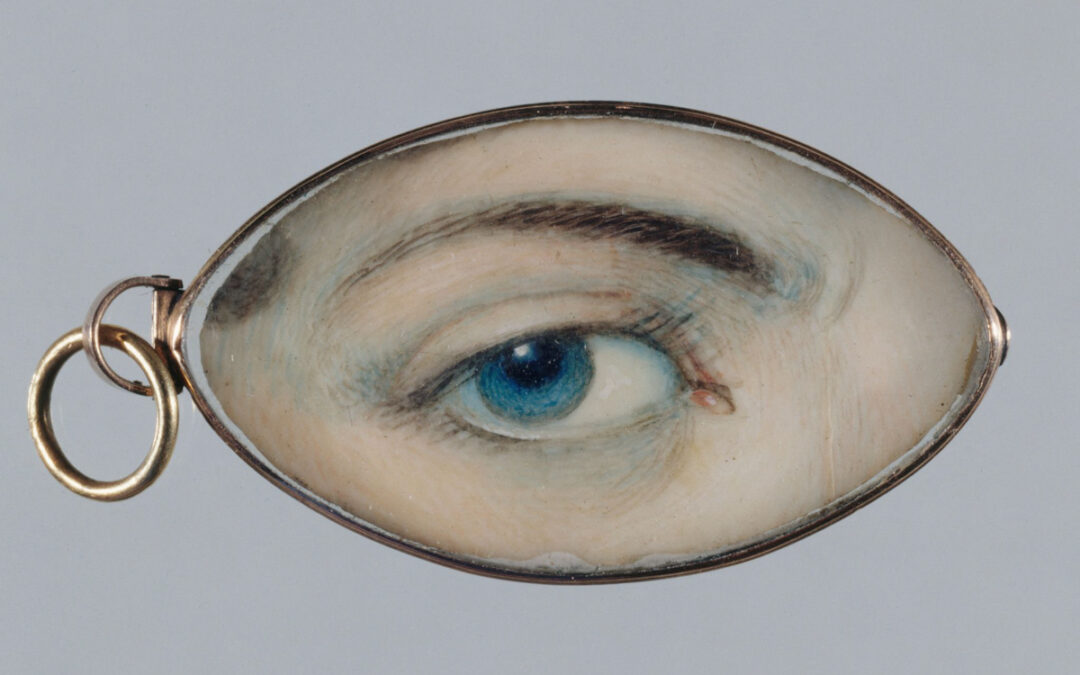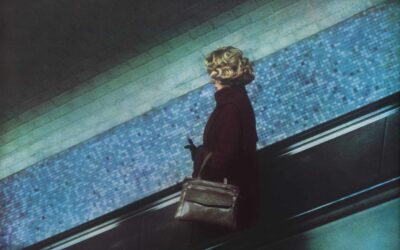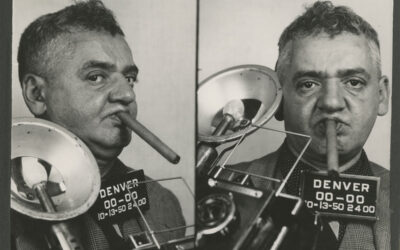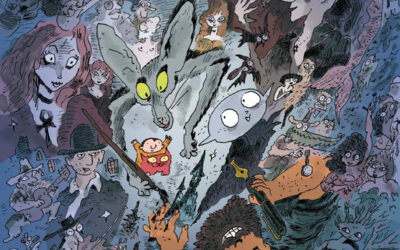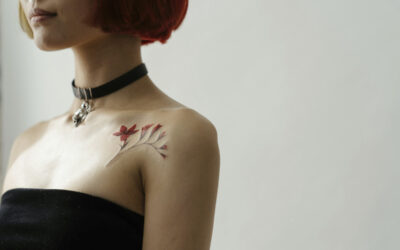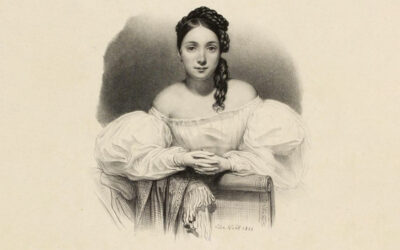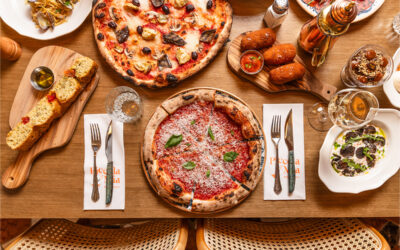Anonymous, Pendant blue right eye painted in miniature Gouache, gold frame, glass on both sides, 4,3 x 2,1 cm (Paris, Musée Carnavalet – Histoire de Paris)
Hearing, smell, touch, taste, sight: of the five senses, it is perhaps the last that has pre-eminence. And through the eye, each look is unique. The one offered by the Victor Hugo museum with the Regards exhibition is so daring and unique that it deserves to stop there.
What is offered to the visitor is not an exhibition like any other but an innovative project developed by a fictional character – a certain Lucienne Forest – who has been entrusted with the curation of this exhibition, in the Marais, in Paris.
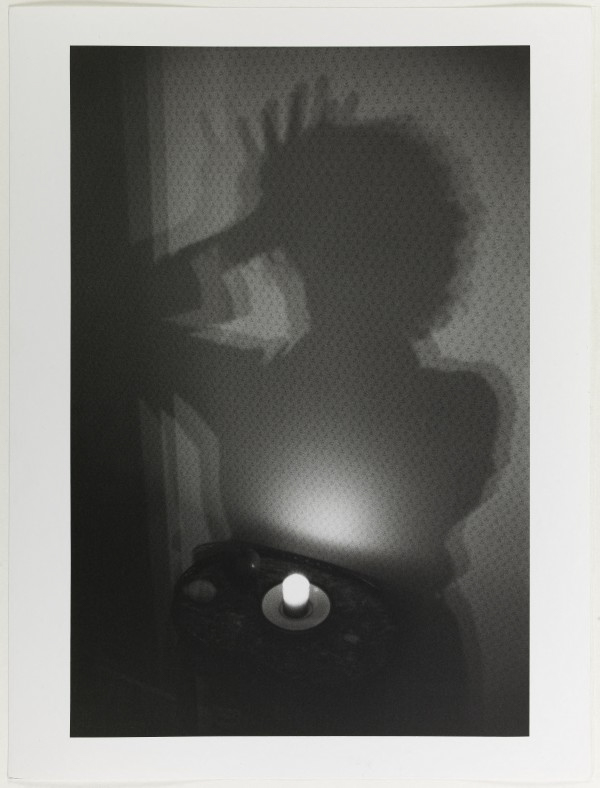
Alexandra Sacha Pabst, Self-portrait, shadow, at the Mayflower Hotel, 1983 Photography, gelatin-bromide print, 36 x 24 cm (Paris, Musée Carnavalet – Histoire de Paris)
Behind this name is actually a collective of around fifteen psychiatric patients who, in collaboration with the Victor Hugo museum, chose the theme of the exhibition, discussed the choice of the 80 works presented and wrote all of the texts appearing in the exhibition.
The result is an original and necessarily subjective exhibition, which is nourished by emotion and follows a journey in four parts: The eye, the self-portrait; See or look; Vision, imagination; Myths and realities.
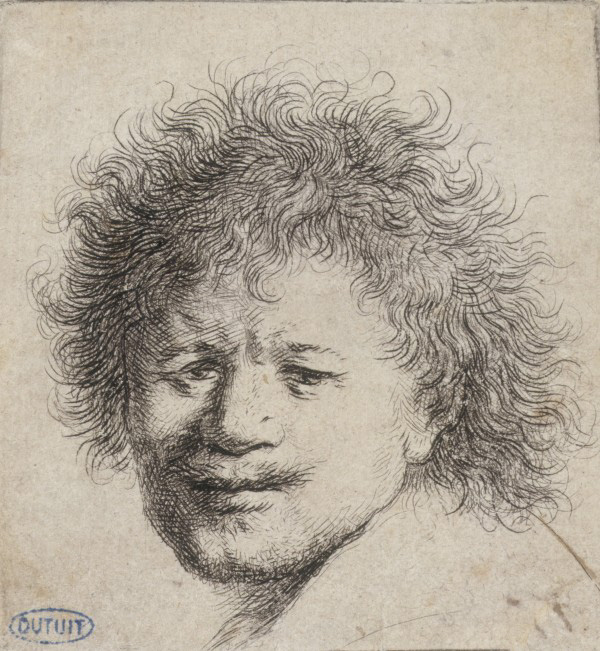
Rembrandt (Rembrandt Harmensz Van Rijn) (1606-1669), Rembrandt with spiky hair, 1631 Etching, 6,4 x 6 cm (Paris, Petit Palais, Museum of Fine Arts of the City of Paris)
The selection seduces with its eclecticism with works from the collections of the museums of the City of Paris, the Fond d'Art Contemporain – Paris and the Historical Library of the City of Paris: here we admire a tortured self-portrait by Rembrandt (1606- 1669); there a painting by Eduardo Arroyo (1937-2018) entitled Between Hope and Despair; further on, a lithograph by Odilon Redon (1848-1916); or the Head of Medusa by Antoine Bourdelle (1861-1929).
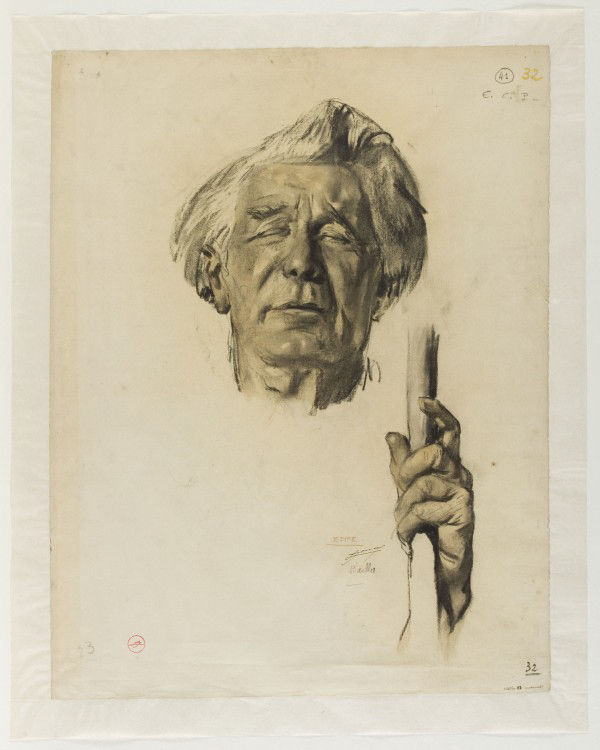
Lucien Jonas (1880-1947) Oedipus, head and left hand, study for panel II of the village hall of the Maison des Centraux, rue Jean Goujon, 1916 Charcoal enhanced with watercolor wash, laid paper, 81 x 47 cm (Paris, Musée Carnavalet – Histoire de Paris)
There are also portraits and self-portraits of the host of the place: a certain Victor Hugo (1802-1885) who, when it came to looking at things, life and people, knew a lot about it.
Victor Hugo House
6 place des Vosges, 75004 Paris
Monday to Sunday from 10 a.m. to 18 p.m.
(except Monday, January 1, May 1, December 25)
Tel: +01 42 72 10 16
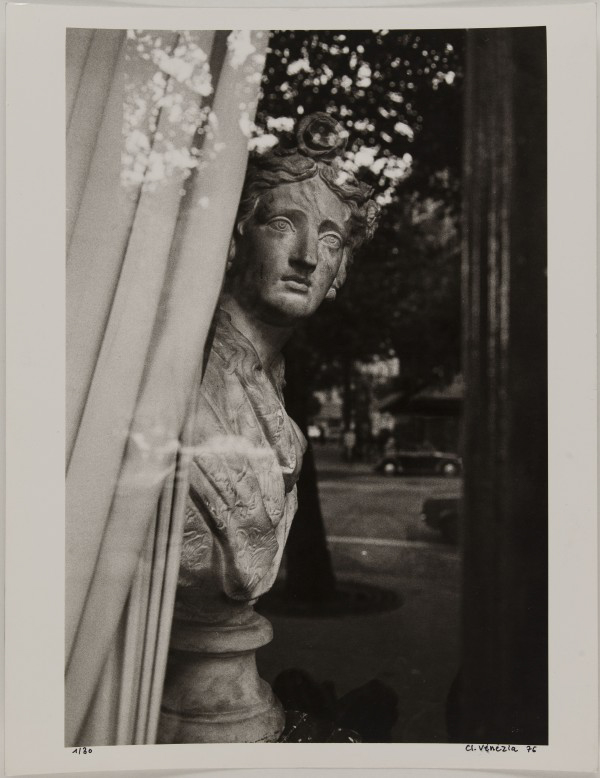
Jean-Claude Vénézia (1941-2013) Antique shop, avenue du Président Wilson, 1976 Photograph, 31 x 24 cm (Paris, historical library of the City of Paris)
Text: Katia Barillot
26. 02.22
THERE ARE LOTS OF MUSEUMS HERE
Annie Ernaux, the literature of reality at the MEP
The 2022 Nobel Prize-winning writer has been interested in photography for a long time, notably in the text “the use of photography”, a four-handed story published in 2006. At the European House of Photography, on the banks of the Seine , the exhibition Exteriors - Annie Ernaux & Photography flourishes until May 26, 2024.
The Weegee enigma, extreme photographer
American photojournalist from the 1930s and 50s, famous for his black and white photos of nightlife in New York, Weegee takes this nickname as a nod to the spirit board, the Ouija board. Because he proclaims himself a “psychic photographer” with the 3rd eye.
Joann Sfar featured at MAHJ
Who doesn’t know the comic strip “The Rabbi’s Cat”? Its creator, Joann Sfar, was born in Nice in 1971. In this retrospective at the Museum of Art and History of Judaism in the heart of the Marais, the first of its kind, we will see many original plates presented in images by the famous cat .
NOW ON THE MOOD MARSH
The best tattoo parlors in Marais
Tattooing, an age-old practice, has long been the prerogative of convicts, dock workers, the underworld and sailors. Although it has become democratized, now affecting all profiles and concerning one in five French people, including 16% women compared to 10% men, it still remains taboo due to its definitive and transgressive nature.
Juliette Drouet actress, muse and mistress of Victor Hugo
At 14 rue Sainte-Anastase, from 1836 to 45 and at 12 from 1845 to 48, a few hundred meters from Place des Vosges, lived the muse and lover of Victor Hugo, Juliette Drouet née Julienne Gauvain.
Piccola Mia, the pizzas of the Republic
On the Place de la République, a brasserie with Italian accents has just opened, which quickly made people forget the old Pizza Pino. Welcome to Piccola Mia, the fruit of the joyful encounter between Italian chef Denny Imbroisi, pizza chef Julien Serri and mixologist Matthias Giroud who creates a creative cocktail menu.

